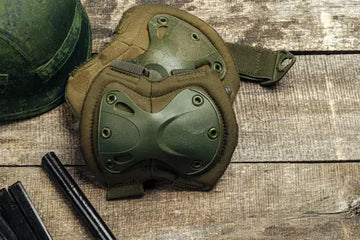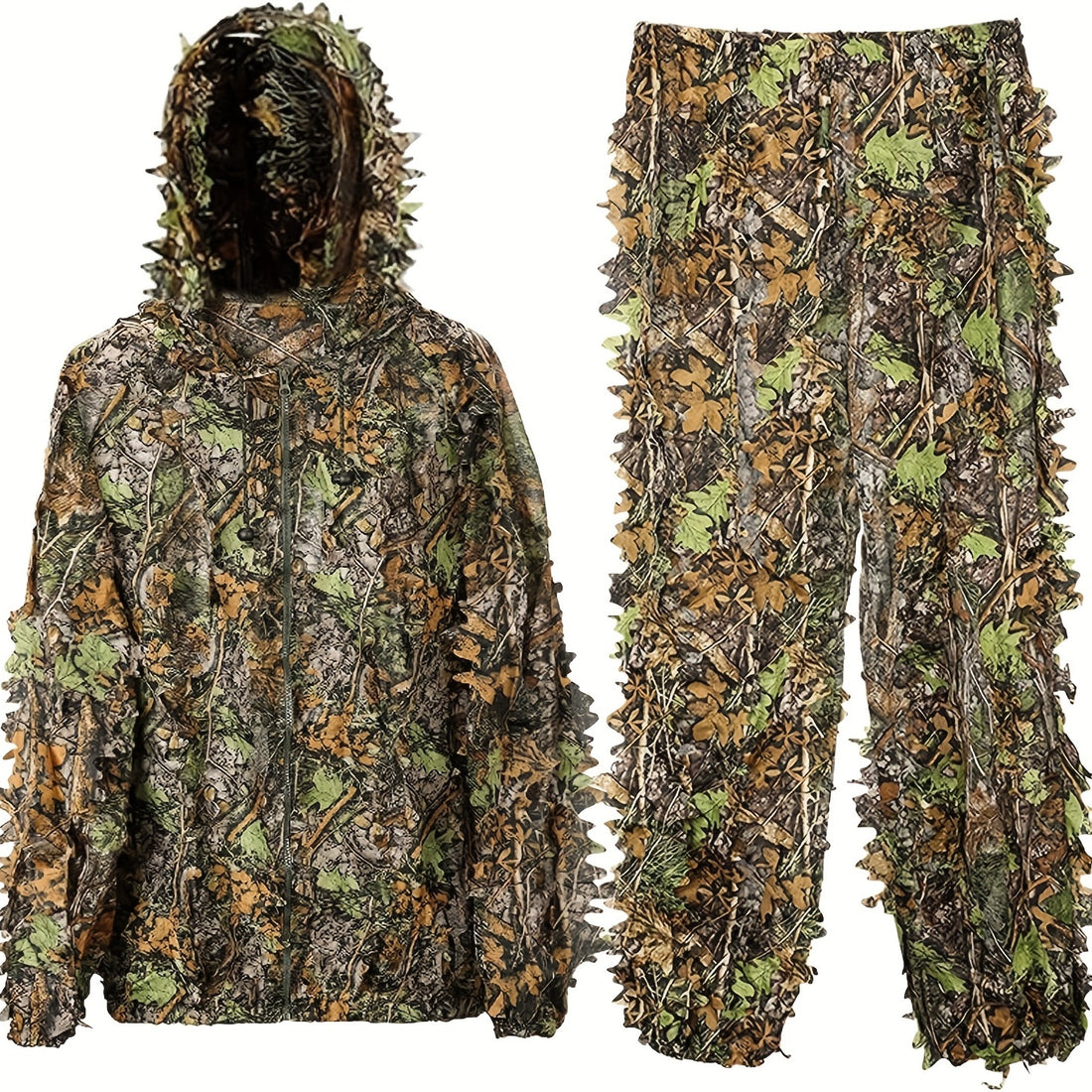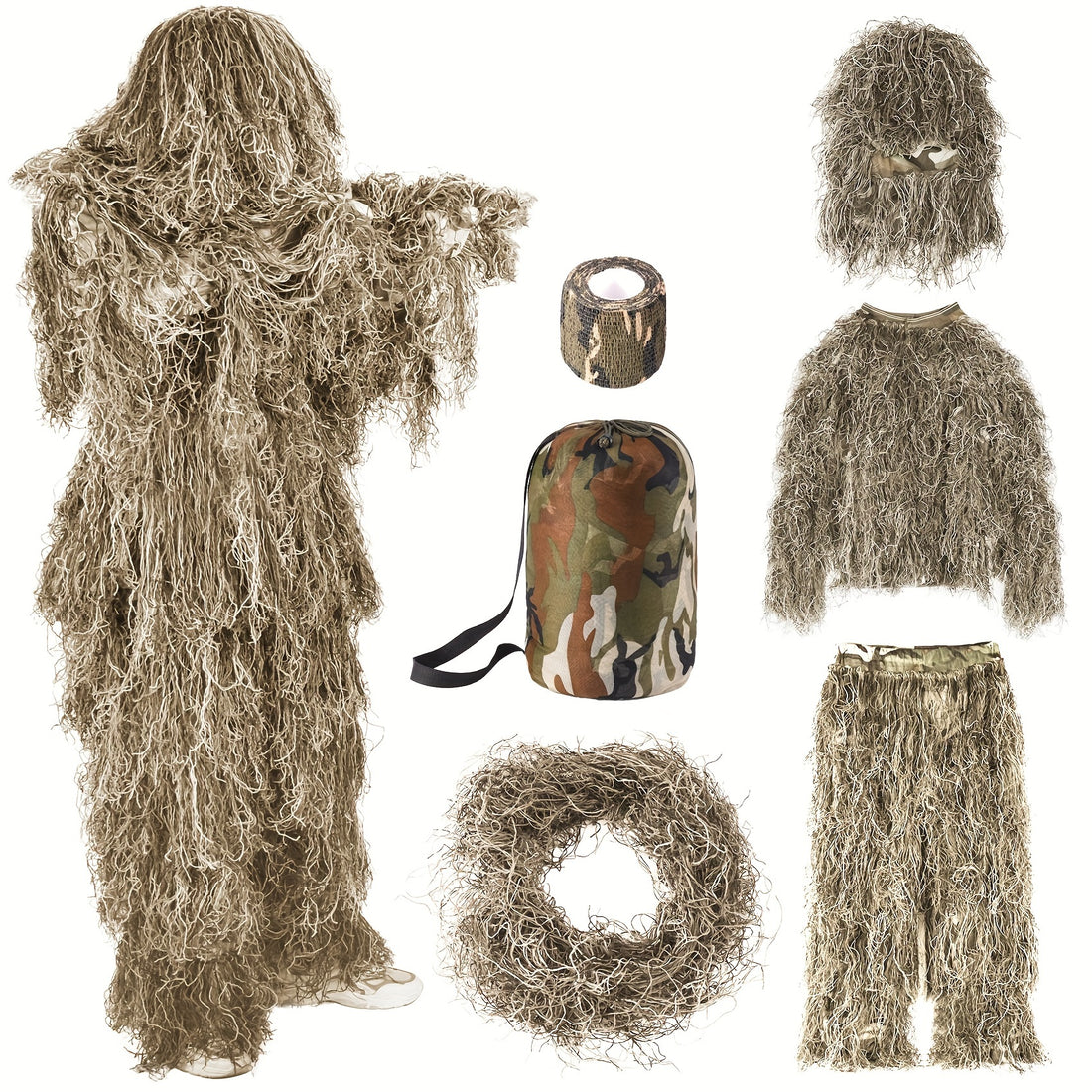Military uniforms like the Battle Dress Uniform (BDU) and Army Combat Uniform (ACU) are designed for functionality and adaptability in demanding environments.
As a tactical gear manufacturer with over 15 years of experience since 2009, we provide an objective comparison of these uniforms, covering their design, materials, and real-world applications.
1. Historical Context: Origins of BDU and ACU
Battle Dress Uniform (BDU)
Introduced in 1981, the BDU was the U.S. military’s standard uniform through the Cold War, Gulf War, and early 2000s. Its cotton-polyester twill fabric ensured durability, while the woodland camouflage pattern (later expanded to desert/urban variants) suited various terrains.
The U.S. Army phased out BDUs by 2008, with other branches like the Air Force following by 2011. Today, BDUs remain popular among law enforcement, airsoft players, and outdoor enthusiasts.
Army Combat Uniform (ACU)
Launched in 2004, the ACU replaced the BDU to meet modern battlefield demands. Its initial Universal Camouflage Pattern (UCP) aimed for universal terrain use but struggled in diverse environments like Afghanistan’s deserts and mountains.
In 2015, the U.S. Army adopted the Operational Camouflage Pattern (OCP), inspired by MultiCam®, for better concealment across arid, woodland, and urban settings. Learn more about ACU.

Tactical Uniform Set (ACU-Inspired Design)
2. Design and Functional Features of Tactical Uniforms
BDU Design
-
Coat: Features two button-closed chest pockets, two lower pockets, and a loose fit for layering.
-
Trousers: Includes cargo pockets, button closures, adjustable waist tabs, and drawstring legs for a secure fit.
- Material: 50/50 nylon-cotton ripstop or twill, offering durability but moderate breathability.
ACU Design
-
Coat: Equipped with a mandarin collar for body armor compatibility, slanted Velcro-secured pockets, and a zipper/Velcro front closure (replacing traditional buttons).
-
Trousers: Features reinforced knees with slots for pads, hook-and-loop fasteners, and a streamlined fit.
- Material: Typically a 65/35 nylon-cotton blend, providing quick-drying, wrinkle-resistant, and breathable properties.
3. Camouflage Patterns: Effectiveness in Military Gear
| Pattern | BDU | ACU (Current Standard) |
| Primary Use | Woodland/Desert/Urban | Multi-terrain (OCP) |
| Strengths | High contrast in forests and deserts | Blends in arid, woodland, and urban settings |
| Limitations | Less effective in varied terrains | UCP (phased out) was ineffective in diverse environments |
The ACU’s OCP pattern, tested by the U.S. Army, outperforms UCP by blending seamlessly across multiple terrains, making it ideal for modern combat.
4. Material and Comfort in Combat Apparel
- BDU: The heavier nylon-cotton fabric excels in abrasion resistance but is less breathable in hot climates and requires ironing for a polished look.
- ACU: The lighter 65/35 nylon-cotton blend dries 50% faster, resists wrinkles, and enhances mobility, making it suitable for humid or wet conditions.
5. Benefits and Drawbacks of BDU and ACU
| Uniform | Pros | Cons |
| BDU | Durable, affordable, multiple camouflage patterns | Heavy fabric, high maintenance, no armor integration |
| ACU | Lightweight, OCP camouflage, armor-ready design | Velcro wears over time, higher cost |
6. Use Cases: Where Each Uniform Shines
- BDU: Ideal for cost-effective training, airsoft, or rugged outdoor activities like hiking. Its simple design suits non-armored, static roles.
- ACU: Preferred for modern combat due to armor compatibility, reinforced knee pads, and OCP camouflage. It’s trusted by active-duty personnel in dynamic, multi-terrain environments.
Check our tactical apparel
Frequently Asked Questions (FAQs)
1. Why did the U.S. Army switch from BDUs to ACUs?
The transition addressed modern needs like body armor compatibility, reduced heat stress, and improved camouflage with OCP after UCP’s shortcomings.
2. Can civilians buy real military BDUs or ACUs? What about commercial versions?
Yes, civilians can purchase authentic military-surplus BDUs, including the classic woodland and desert patterns, as these are no longer in active service and are available through surplus stores. Older ACUs with the UCP camouflage can also be found as surplus, though current-issue OCP uniforms are not sold as military surplus.
For commercial versions, many reputable brands produce civilian-legal replicas of both BDUs and ACUs, often with improved materials and designs. These commercial uniforms use similar patterns like OCP or MultiCam® under proper licensing agreements, making them legal for civilian use.
However, it's important to note that wearing uniforms with official military insignia or attempting to impersonate service members is prohibited by law. When purchasing, always ensure the gear is clearly marketed as commercial or surplus to stay compliant with regulations.
3. Which uniform is better for bushcraft or hiking?
BDUs are budget-friendly for predictable environments. ACUs excel in variable conditions due to quick-drying fabric and OCP camouflage.
4. How do BDU and ACU sizes compare?
BDUs have a looser fit, ideal for layering, while ACUs offer a more fitted design for mobility. Always check sizing charts before purchasing.
5. How should I care for my tactical uniform?
Wash BDUs in cold water and iron for crispness. ACUs can be machine-washed and air-dried to maintain fabric integrity.
Conclusion
The BDU and ACU represent distinct approaches to military apparel. BDUs offer durability and simplicity for recreational or low-intensity use. ACUs cater to modern warfare with advanced camouflage and armor integration.
For specialized needs, custom modifications like moisture-wicking fabrics or laser-cut pouches can enhance performance.
Custom Tactical Gear Solutions
Since 2009, we’ve crafted mission-specific gear for law enforcement, security organizations, and outdoor professionals. Our services include:
- Custom uniform manufacturing.
- Modular pouch systems compatible with BDU/ACU platforms.
- Rapid prototyping for specialized operational needs.
Discover tailored solutions: Visit our custom gear page or contact our team for scalable production, samples, or catalog access.
Disclaimer: Our tactical gear adheres to commercial design standards and is not affiliated with or endorsed by the U.S. Department of Defense.























